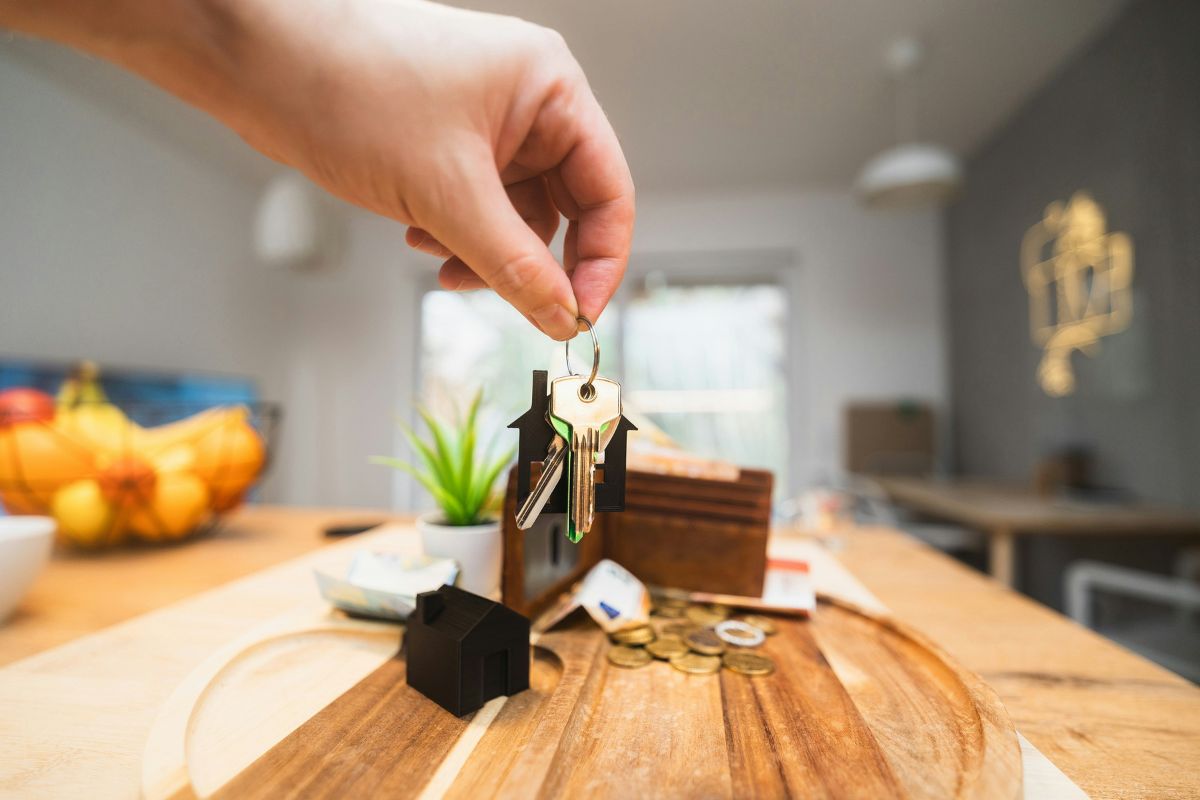When’s the right time to start paying down the principal?
Most investors choose interest only loans when borrowing money for an investment property.
If you are only paying interest, you are free to put the greater cash flow return to good use on further investments, while still being able to access the equity of the property.
With market rent, an interest only property should always be positive cashflow, meaning you’re earning money after holding costs, which can go into saving for your next deposit or paying extra on your permanent place of residence.
You may be able to build a portfolio of five, 10 or more properties, each interest only and therefore positive cashflow, without being under any more mortgage stress than you were with one.
The alternative?
If you were to choose to pay principal and interest, like you would for an owner-occupier, you would be paying down the value of the property and creating more equity, but the sizeable extra payments would make it much harder to continue to build your portfolio by accumulating new properties.
There would also be a good chance that the property would be negative cashflow and you’d have to be finding extra money of your own each month to keep the investment going. There would be no way you could accumulate 10 investment properties if they were all negative cashflow. Not only would it be too hard to make payments, but banks wouldn’t lend you the money as they’d be too exposed to risk.
Why not pay interest only forever?
First of all, lenders don’t let you pay interest only forever. Most will put a five-year limit on an interest only period, meaning you need to pay down the principal after that time.
If you’re not ready to do so, you can refinance the loan and get a new interest only period and then reassess when that period expires.
That’s fine, as long as you’re happy for the bank to keep owning the property. However, good investors will have a strategy to pay down their debt at some stage. Once the accumulation phase of your property investing journey is complete and you have the number of properties you want, you then go onto a consolidation phase, where you look after your portfolio and look at incremental rent increases, which will eventually allow you to pay down your debt.
The key is inflation
We often hear b Invested founder Nathan Birch talking about debt being “inflated away”, because you can use “tomorrow’s money to pay down today’s debt”.
Essentially, this means that if you have an asset and you are paying interest only, the debt never increases, but over time, the asset is worth more money and inflation sees the rent you can charge go through the roof.
If you bought an average priced house in Sydney for $20,000 in 1970 for example and paid interest only, you would find yourself with something today that would be worth around $1.5 million and you would only owe $20,000 on it.
That house, if now tenanted, could be completely paid off in a single year using simply its rental return.
In 50 years’ time, $1.5 million for a house will sound as ridiculously cheap as $20,000 sounds to us now, all because of inflation.
But let’s look at the short term again. If you pay interest only on an investment property loan for a certain number of years, you should be able to raise the weekly rent a number of times during that period, even if it’s $10 or $20 a year. At some point, the rent will have increased enough that you will be able to use it to begin paying down the principal on the loan and still have the property be positive cashflow.
End game
If you have five, 10 or however many properties you want and are able to get them all to a point where the rent can cover the principal and interest debt repayments, you won’t ever need to sell any of them.
Once they pay themselves off over the years, you will then have a number of unencumbered properties paying you multiple income streams, which will continue to increase with inflation, while the value of the assets will also appreciate over time with each market cycle.
You will have income producing wealth which you can pass on to your kids and their kids, with no end in sight.



